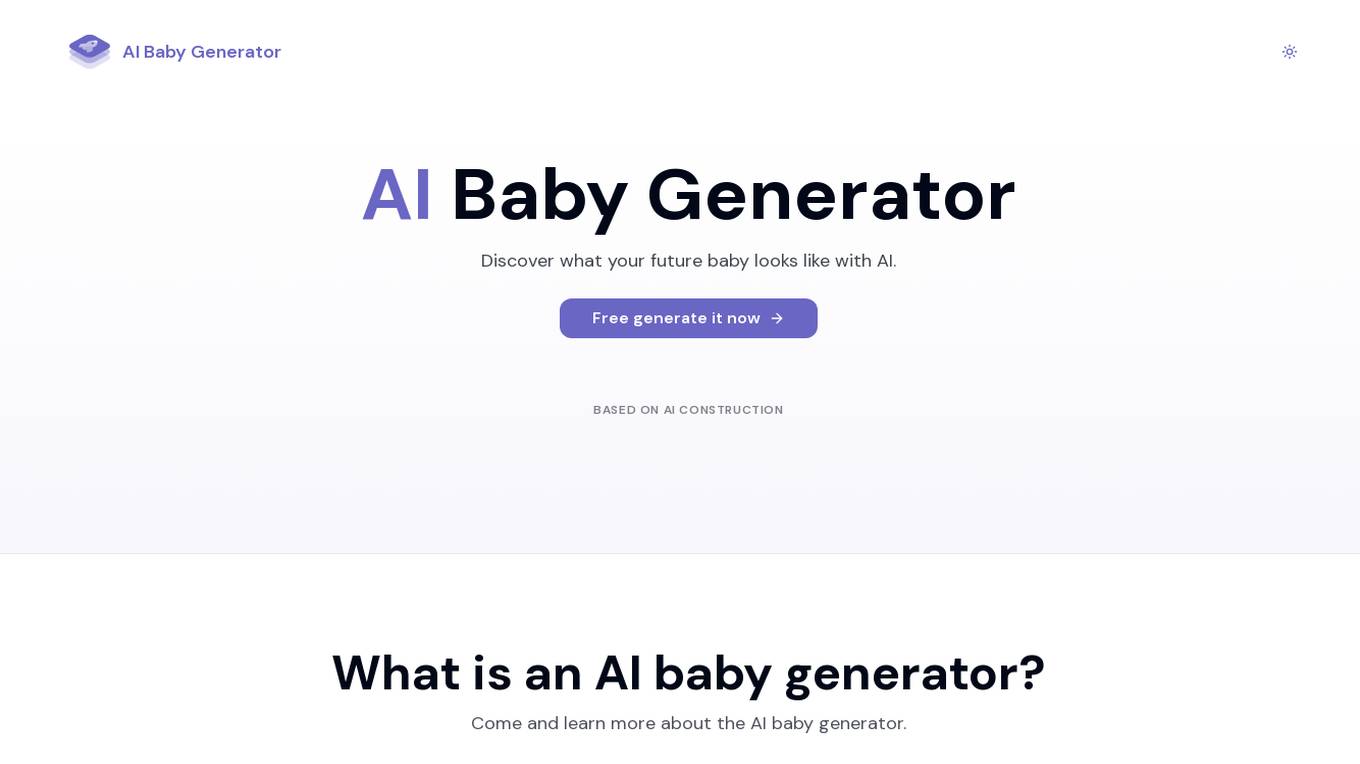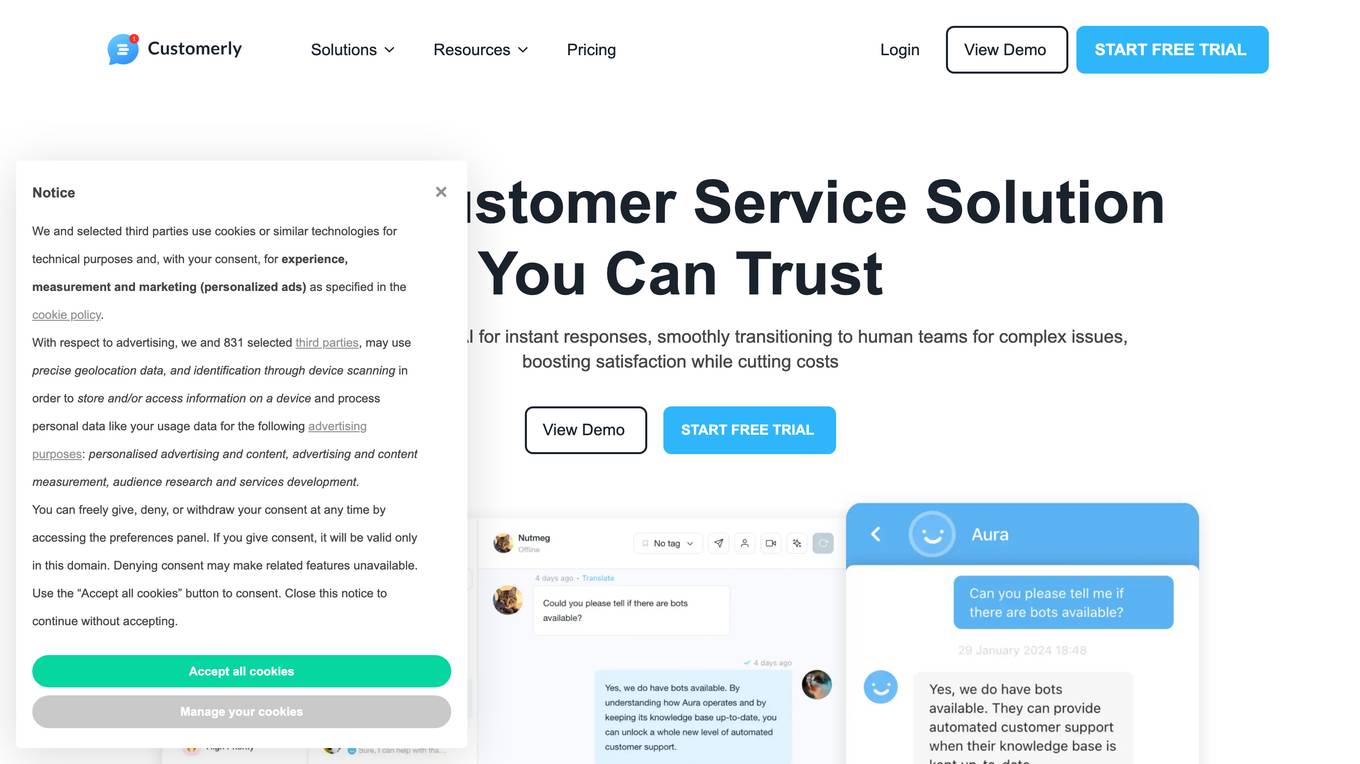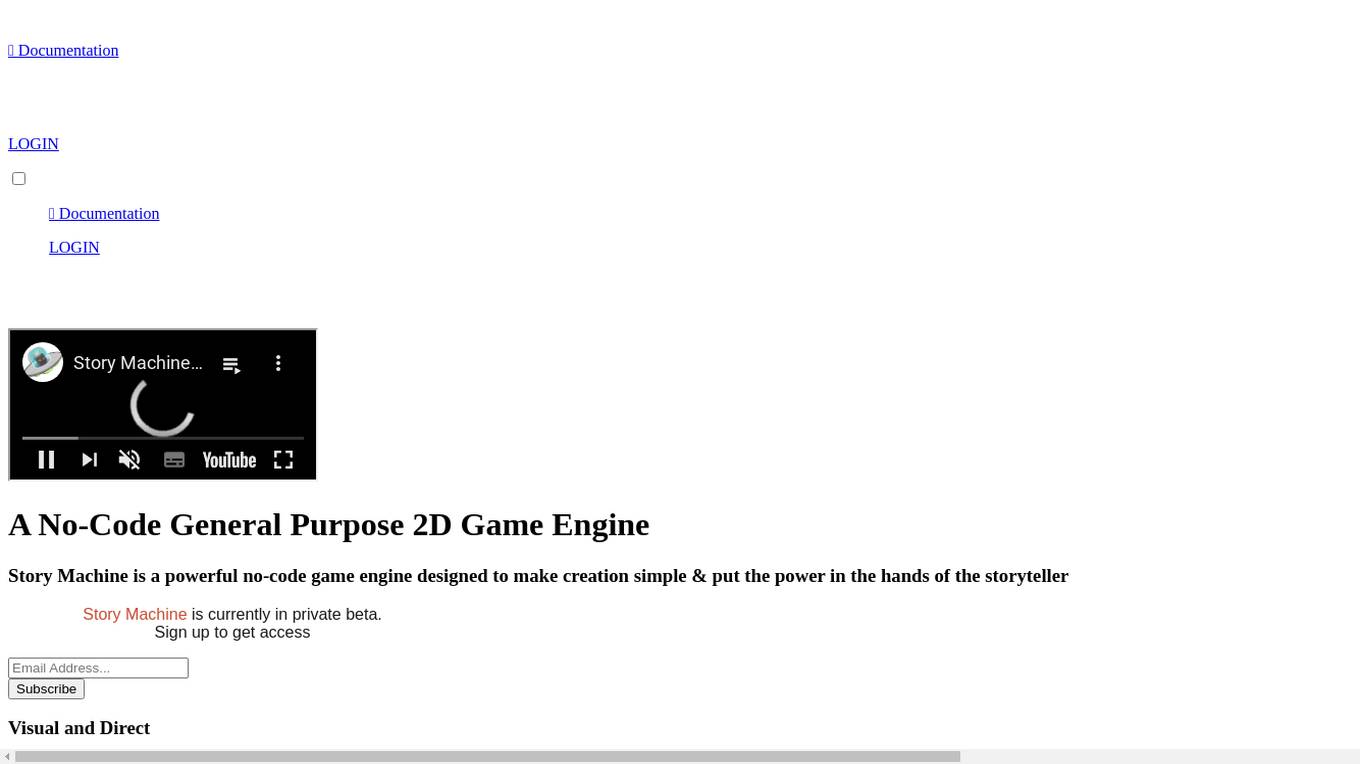Best AI tools for< Satisfy Curiosity >
4 - AI tool Sites

AI Baby Generator
AI Baby Generator is an AI application that allows users to generate future baby photos using artificial intelligence technology. Users can upload photos of the father and mother to see what their potential baby may look like. The tool provides high-definition images and the ability to generate four images simultaneously. It aims to help parents preview the future image of their baby, satisfy curiosity about the baby's appearance and characteristics, and enhance parent-child relationships through shared expectations and communication.

Customerly
Customerly is an AI-powered customer service solution that helps businesses automate support tasks, improve response times, and enhance customer satisfaction. It offers a range of features including AI chatbots, AI-powered response generation, global support, and a unified help desk. Customerly's AI capabilities enable it to learn from knowledge bases and canned responses, provide seamless assistance at any conversation stage, simplify complex tasks, and escalate to human agents when necessary.

ThetaRay
ThetaRay is an AI-powered transaction monitoring platform designed for fintechs and banks to detect threats and ensure trust in global payments. It uses unsupervised machine learning to efficiently detect anomalies in data sets and pinpoint suspected cases of money laundering with minimal false positives. The platform helps businesses satisfy regulators, save time and money, and drive financial growth by identifying risks accurately, boosting efficiency, and reducing false positives.

Story Machine
Story Machine is a powerful no-code game engine designed to make creation simple & put the power in the hands of the storyteller. Story Machine is currently in private beta. Assemble your game with the ease of drag and drop, no programming required. Story Machine enables top-tier 2D adventure game development through a direct, visual grammar. Arrange sequences of actions to build game logic without code. Story Machine is designed to make game development straightforward, without the complexity and baggage of other modern game engines. Generate AI art for prototyping or production directly in Story Machine. Use context-aware UI to quickly create backgrounds, objects, or characters. Or just write a prompt. Story Machine finds the best AI model and service to satisfy your request, and uses it to generate your image.